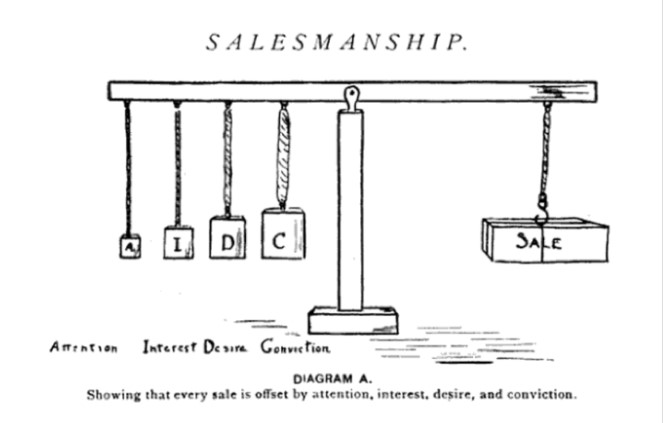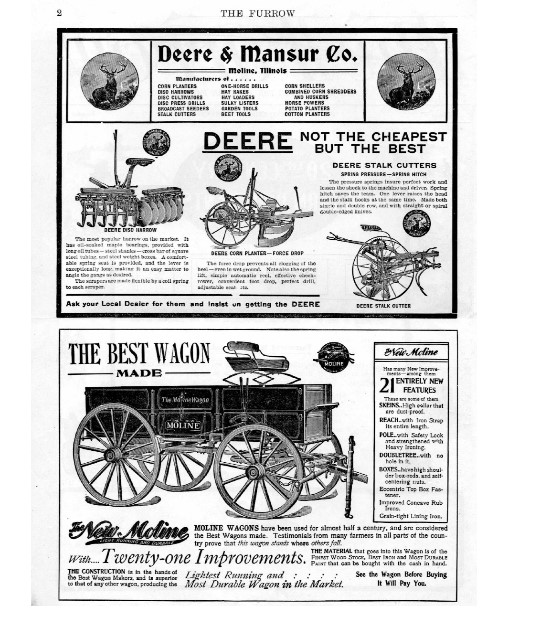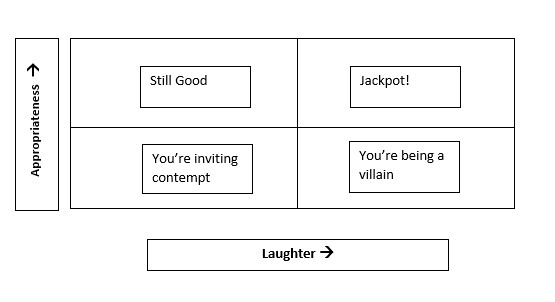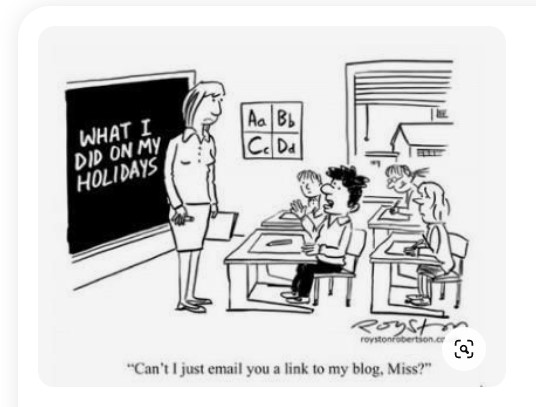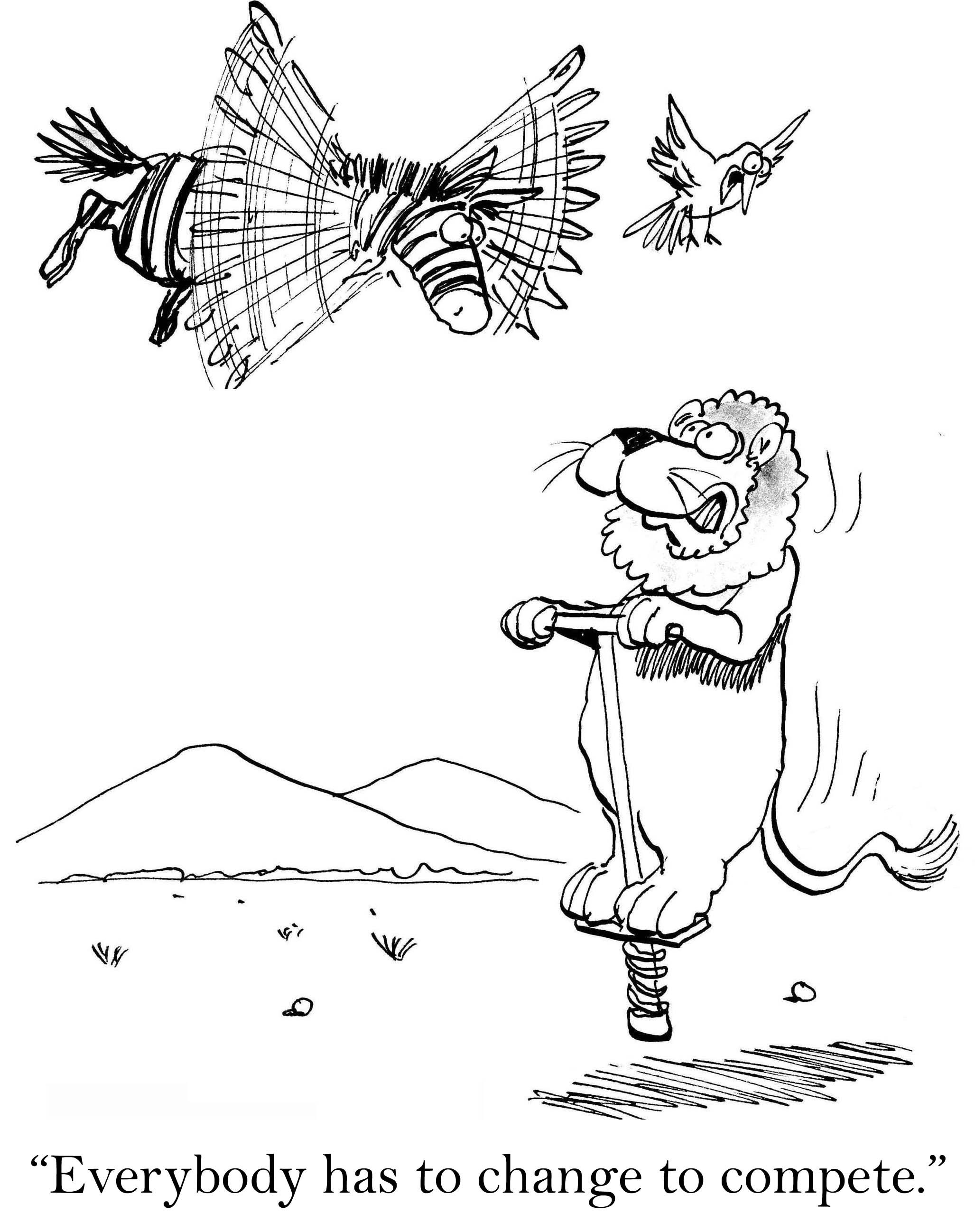It takes two high profile Stanford faculty to confirm what we always suspected - Humorous people are more successful at work. And in sales. This is something that hasn’t changed since people started transacting with each other. Jennifer Aaker & Naomi Bagdonas got serious enough about humour to not only write a best-selling book but teach courses on the subject with hundreds of Stanford MBAs and executives.
Should this book interest serious minded, Customer obsessed, deal driven and quota consumed sales professionals? Of course, it must, because, all other things being equal, a salesperson with a funny bone and sunny disposition will always score over a grump, however knowledgeable and professional. If people buy from people, wouldn’t they want to engage
with someone who brings a smile to their faces? Which is why, old sales wisdom paraphrases Marilyn Monroe “If you can make a Customer laugh, you can sell anything to her”
Aaker and Bagdonas start off by busting four deadly humour myths:
Myth 1. Humour has no place amid serious work (Studies reveal that there is a 98 percent preference for employees with a sense of humour, the presence of humour in team interactions predicted more functional communication and higher team performance and humour earns status and respect from followers and peers)
Myth 2. Your attempts at humour are doomed to failure (So long as your humour is appropriate and generates laugher, smile or approval, there’s no such thing as failed humour. And you will not end up offending anyone if you exercise sufficient sensitivity)
Myth 3. To use humour in workplace you have to be “funny” (“To signal you have a sense of humour, all you need to do is something as simple as laughing at others’ jokes, or jumping on opportunities to lighten the mood. Even a friendly smile can work wonders”)
Myth 4. Humour is an innate ability, not a skill you can learn (Humour is not some binary feature on our genetic code. It’s a skill we can strengthen through training and use)
The recurring, central theme of the book is that levity (humour) and gravity (seriousness at work) are not at odds. Humour, in fact, helps serious work thrive.
The book covers a vast expanse of humour territory, including –
| Common myths about humour at work |Individual styles of humour |Behavioral research insights on how humour increases perceptions of status, quickens path to meaningful connection, unlocks creativity and innovation and boosts resilience |Tips on how to train ourselves to look at the world through a funny lens | Techniques drawn from professional comedians to craft appropriate humour | Simple strategies to use humour in real life situations |Harnessing humour as a leadership strategy | Ways to create a culture of levity | Why humour fails and what recovery strategies to use in case it happens | Why humour is a secret weapon in life
Below are 2 frameworks, adapted from the book that can be used in sales interactions:
1. Correctness Barometer





